Yes, a car battery can charge while the engine is idling. As long as the engine is running, the alternator produces electrical power and recharges the battery. However, the efficiency and speed of charging at idle are lower compared to when the vehicle is driving at higher speeds.
Understanding how battery charging works when idling can help you avoid common mistakes and keep your car’s battery healthy.
How Does a Car Battery Charge?
A car battery stores electrical energy and provides power to start the engine and run electrical systems when the engine is off. Once the engine is running, the alternator takes over. The alternator generates electricity and sends it to recharge the battery while also powering electrical components like headlights, the radio, and air conditioning.
Does Idling Charge the Battery Effectively?
Yes, but Slowly
While idling, the engine runs at low RPMs (revolutions per minute). At lower RPMs, the alternator doesn’t spin as fast as it does when you’re driving at higher speeds. As a result:
- The alternator produces less electrical power.
- Charging is slower compared to highway speeds.
- If there are heavy electrical loads (AC, lights, etc.), the alternator may only provide enough power to cover those demands rather than charge the battery significantly.
Factors That Affect Charging at Idle:
- Alternator Output
Modern alternators are more efficient and can charge the battery even at idle, but older or weak alternators may not keep up. - Electrical Load
Running multiple accessories while idling (lights, stereo, AC) can reduce the amount of power available to charge the battery. - Engine Speed
Higher idle speeds (such as during warm-up or with throttle input) can increase alternator output and improve charging.
How Long Does It Take to Charge a Battery While Idling?
There’s no exact answer because charging speed depends on several factors, such as battery condition, alternator strength, and electrical load. Generally:
- A healthy alternator can recharge a weak battery in 30 minutes to 1 hour of idling.
- Heavily discharged batteries may take longer or need an external charger for a full charge.
Note: Idling for long periods is not an efficient way to charge a car battery.
Can Idling Charge a Dead Battery?
No. If your battery is completely dead (zero charge), idling alone likely won’t recharge it. You’ll need:
- A jump-start to get the car running.
- A battery charger to safely restore the battery to full charge.
- In some cases, if the battery is damaged or old, it may not hold a charge at all and needs replacement.
Is It Bad to Charge a Battery by Idling?
Occasionally idling to charge a battery isn’t harmful, but there are downsides:
- Fuel Waste: Idling burns fuel without moving the vehicle, reducing efficiency.
- Pollution: Prolonged idling produces emissions and contributes to air pollution.
- Engine Wear: Long idle times can increase engine wear in certain conditions.
If you frequently have to idle to charge your battery, it may be time to check the battery’s health or the alternator’s performance.
How to Charge a Car Battery More Efficiently
- Drive the Car: Driving at normal speeds increases alternator output and charges the battery faster.
- Use a Battery Charger: For faster, safer charging, use a smart battery charger designed to recharge and maintain battery health.
- Reduce Electrical Loads: Turn off accessories (lights, AC, stereo) while idling to allow more power to go toward charging the battery.
Signs Your Battery Isn’t Charging Properly
- Dim Lights: Especially noticeable at idle.
- Slow Crank: The engine turns over slowly when starting.
- Battery Warning Light: On the dashboard, indicating charging system issues.
- Frequent Dead Battery: Needing frequent jump-starts or charging.
These symptoms could mean your battery or alternator is failing and needs inspection.
Conclusion
A car battery does charge while the engine is idling, but not as efficiently as when driving at higher speeds. The alternator provides power to recharge the battery, although charging at idle can be slow, especially if there’s a heavy electrical load.
For better battery health and faster charging, it’s best to drive the car regularly or use an external battery charger when needed.
FAQs
How Long Should I Idle to Charge My Battery?
It can take 30 minutes to an hour of idling to make a noticeable difference in battery charge, depending on its condition.
Does Revving the Engine Charge the Battery Faster?
Yes. Increasing RPMs while parked can boost alternator output and charge the battery faster—but do it carefully and only for short periods.
Can a Car Battery Charge Without Driving?
Yes, as long as the engine is running and the alternator is functioning, the battery will charge—even at idle.
What’s the Best Way to Charge a Weak Battery?
Using a dedicated battery charger is the safest and most effective way to fully charge a weak or discharged battery.
Should I Be Concerned If I Frequently Have to Idle to Charge the Battery?
Yes. It may indicate the battery is aging, or there’s an issue with the alternator or charging system. Get it checked by a professional.
Also Check:
• Does A Bad Alternator Make Noise?
• Does a Bad Battery Affect Car Performance?
• Does A Bad Starter Make A Clicking Noise?






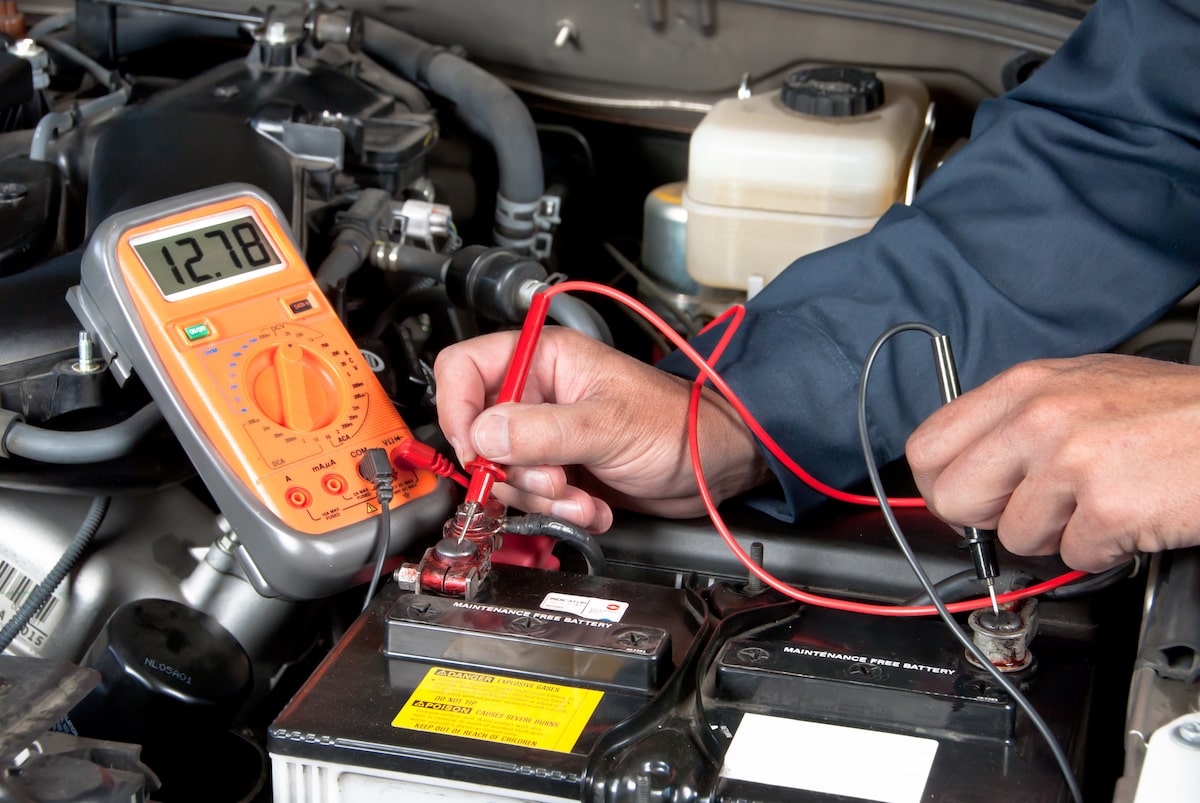
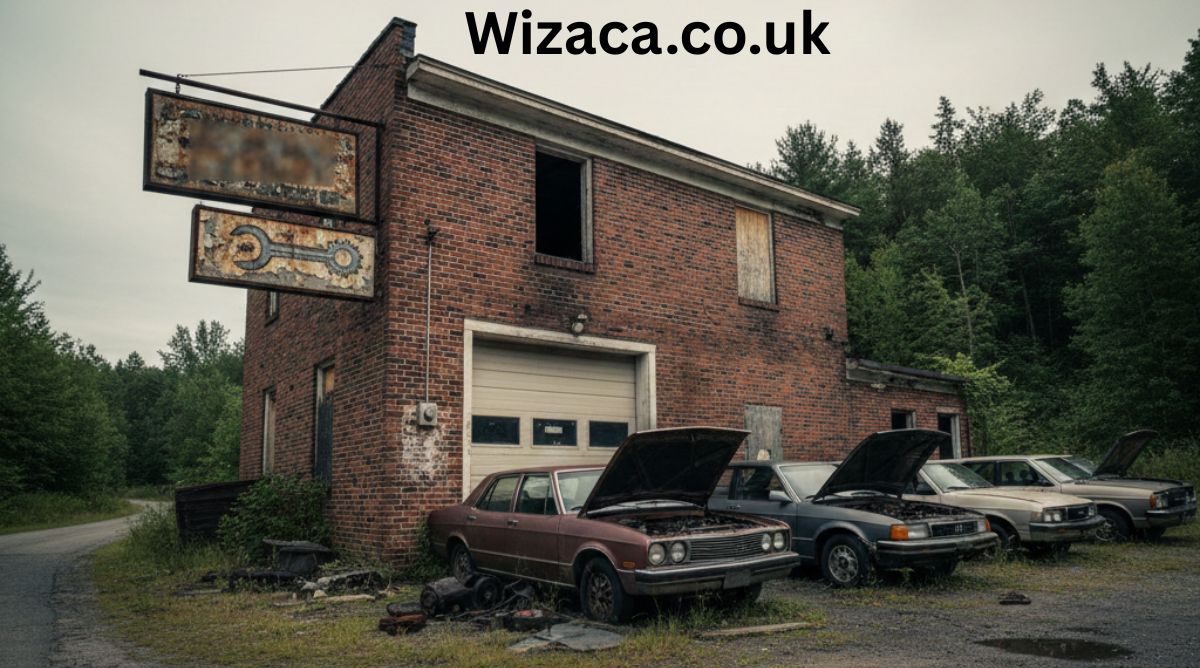
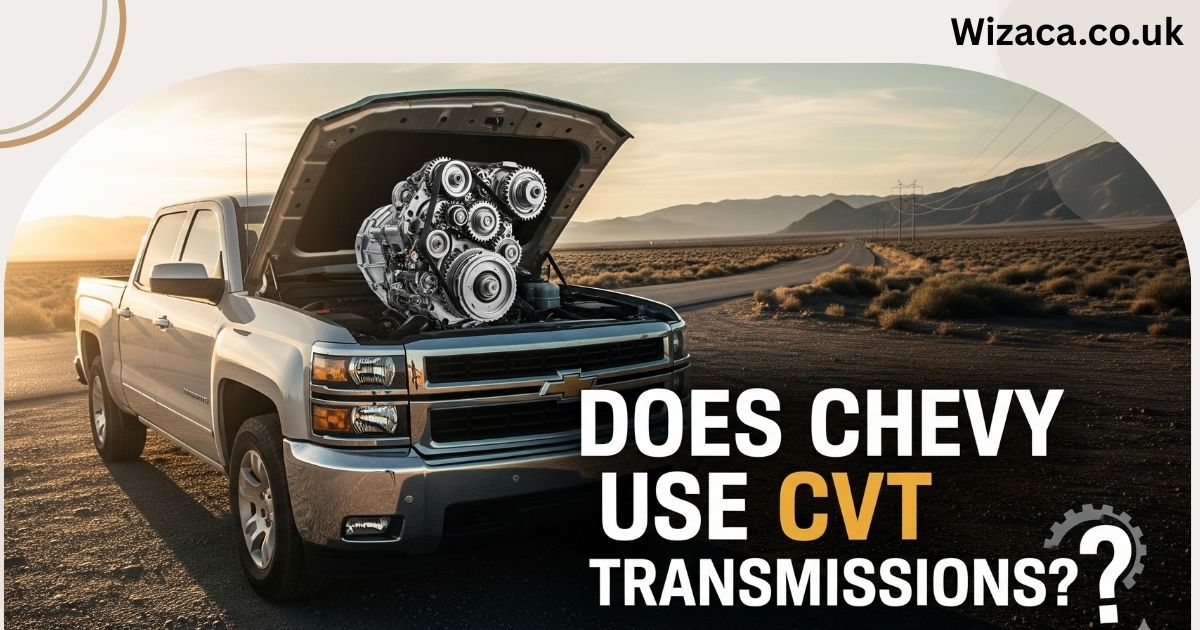
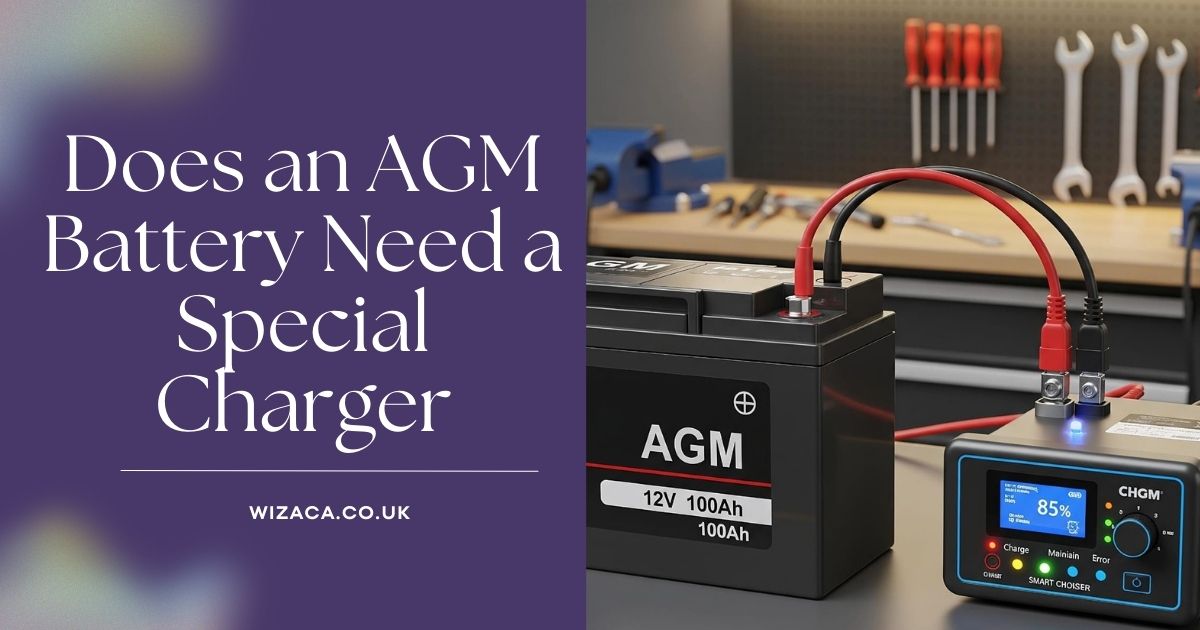
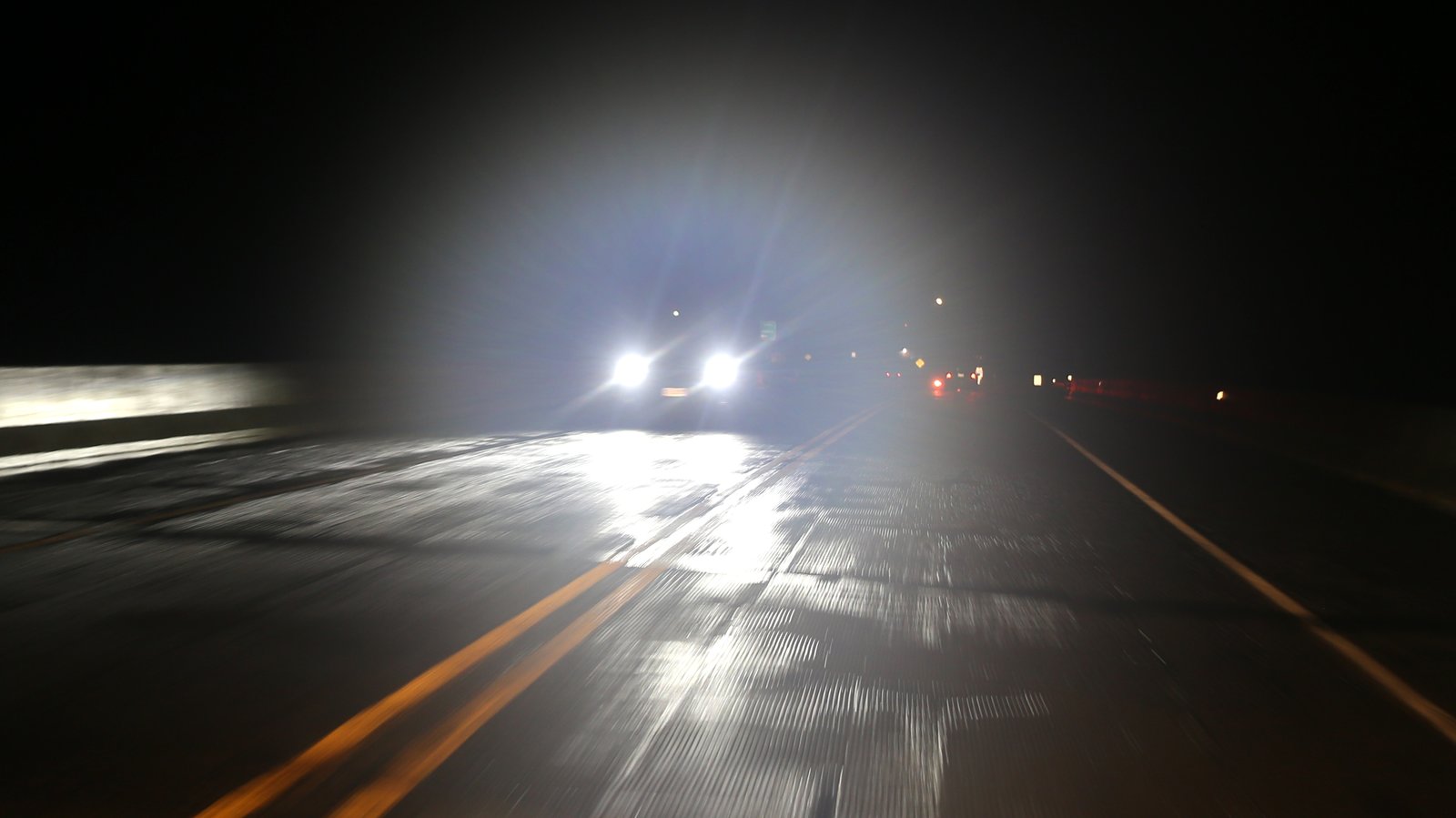
2 thoughts on “Does a Car Battery Charge in Idle?”